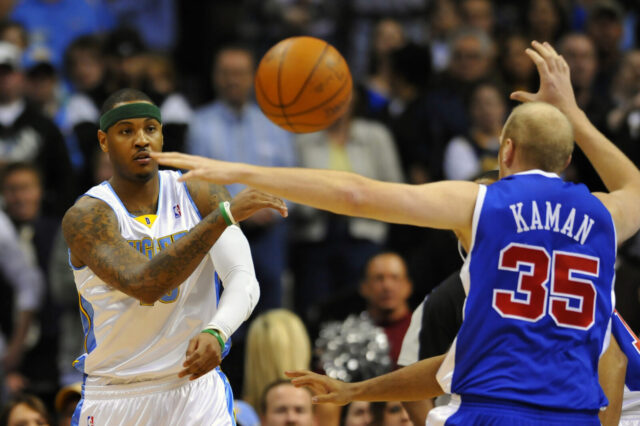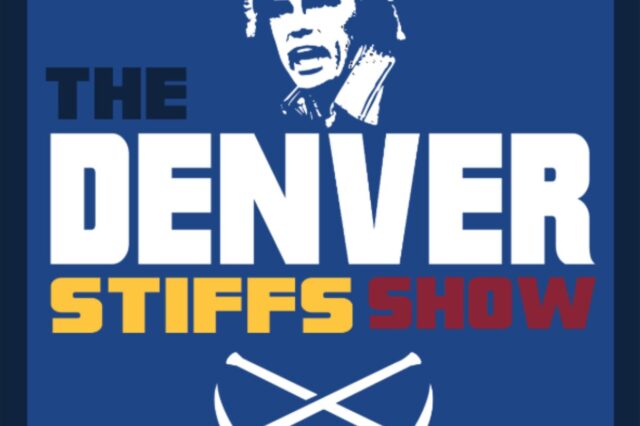There are only two rules regarding drafting players in the NBA Draft at the moment: don’t trust the New York Knicks to do it, and selecting Villanova players is generally a good idea.
Okay, that first rule was a low blow, but I mean, look at it. It’s been awhile.
The second rule has persisted for the last five years. Since 2017, the last seven Villanova players to be taken in the NBA Draft are Saddiq Bey, Eric Paschall, Mikal Bridges, Donte DiVincenzo, Omari Spellman, Jalen Brunson, and Josh Hart. None are true stars, but all are incredibly helpful role players.
NBA front offices are wondering if the same will happen for the latest Villanova prospect: Jeremiah Robinson-Earl. The great news: he’s already far along in developing elite role player traits.
Let’s talk about him:
Jeremiah Robinson-Earl, Forward, Villanova
Vitals
Height: 6’9” in shoes
Wingspan: 6’10”
Weight: 242
Age: 20 (11/3/2000)
Per Game stats
In his sophomore season at Villanova, Robinson-Earl averaged 15.7 points, 8.5 rebounds, and 2.2 assists compared to 1.6 turnovers in 34.5 minutes per game. He shot a poor three-point percentage at 28.0% but balanced it out with an elite 57.4% on two-pointers, including an abundance of midrange jumpers. He also averaged 1.0 steals and 0.6 blocks on the defensive end.
Strengths
Size and side-to-side athleticism at power forward
Robinson-Earl has an NBA-ready body at 6’9” in shoes and about 240 pounds. He used his size well in college, hitting jump shots over the arms of outstretched defenders, backing defenders underneath the basket in the post, and rebounding the ball at an above average rate. He’s a very functional athlete, less of a vertical athlete but certainly a good athlete moving side-to-side. His ability to move well laterally will help him in several areas, including on the defensive end.
Fundamental Defensive skills
If there were awards for flashy defense, Robinson-Earl would lose all of them. He isn’t a big time shot blocker, nor is he a “get in your face” man defender; however, he does just about everything else well, including many of the “good process” things that are often overlooked in evaluations.
The best thing that can be said about Robinson-Earl is how often he plays angles well defensively to cut off driving lanes and easy passes. The rotations are always crisp and on time, and he helped Villanova become a better defensive team than their overall talent probably warranted. Robinson-Earl played center for the Wildcats and was constantly defending 1-5 and 2-5 pick and roll sets, and the Wildcats made it far with him as the man in the middle and helping to stop everything before it happened. Even Baylor, the ultimate NCAA champion, scored just 62 points in a game where Robinson-Earl played 38 out of 40 minutes.
Robinson-Earl showed an ability to prevent shots at the rim with positioning and a willingness to take charges. He also showed the ability to switch on the perimeter, often switching out against guards and having success due to his quick feet.
Playmaking and shot creation inside the arc
Robinson-Earl was the top offensive option on Villanova for a reason. Though he was 6’9” and went against mostly centers, he often received the ball inside the arc in the post and elbow areas to create shots for himself and others. He was fairly successful as well, showcasing different post moves and up fakes that helped him to easy shots in the paint and free throws to boot.
The best way to describe Robinson-Earl’s playmaking is probably just “smart decisions” and it really manifested in the looks he was able to create for teammates consistently. He could be a playmaker rolling to the basket off the catch, operating from the post, and especially as an offensive rebounder. Often, Robinson-Earl would grab a rebound over opposing defenders, survey the floor and process quickly, and fire a pass to the nearest teammate whose defender was out of position. It’s a great way to earn easy points, and the fact that he consistently looks for those opportunities shows just how willing he is to not be the scorer every time down the floor.
Role player potential
Role players often don’t get the glory. For some players, that’s never a path they want to explore unless otherwise forced into it. For others, they welcome the path willingly, and many carve out a long, prosperous NBA career because of it. Robinson-Earl seems to profile like the second one. On top of being a Villanova player, the style with which he plays often leads to other players succeeding around him. Despite carrying the highest usage on the team, he often made unselfish plays to set up teammates.
While the three-point shooting is something to monitor, Robinson-Earl addressed those concerns to Nuggets media when he came to Denver for a pre-draft workout, saying it was something that he and his agent knew he had to continue working on. If he becomes a knockdown three-point shooter, something I wouldn’t put past him given his midrange game, he’d be a very useful complementary forward option who could shoot, pass, defend, rebound, post up, and switch. That seems like a jack-of-all-trades option at power forward and even small ball center that most teams are hoping to find on their path to contention.
Weaknesses
Top end athleticism
Plays like this are going to be a constant for Robinson-Earl.
Given his wingspan is only 6’10” and he isn’t a high level leaper, Robinson-Earl doesn’t necessarily profile as a starter in the NBA. There are concerns that many of the fundamental skills he has shown at the college level won’t hold up in the NBA. Whether he’s driving to the rim against an athletic seven footer or trying to switch onto the more athletic guards at the next level, Robinson-Earl still has a lot to prove. It’s possible that he makes it work, but if it’s only his high basketball IQ and fundamentals that he has going for him, there’s only so far he can go.
Three-point shooting (at the moment)
I definitely fall on the side of the spectrum that says “Robinson-Earl will become a good NBA shooter” but not everybody else believes that. In college, Robinson-Earl shot 30.81% from three-point range across two seasons and a ton of starting minutes. The form on his jump shot is good from his more effective midrange zone, and he was much better stationery than he was as a movement shooter.
Expected Outcome
Projected Draft Range: Late 1st to early 2nd round
Denver Stiffs Big Board: 39th overall
NBA Comparison: Jared Dudley mixed with Trey Lyles, which is definitely a solid NBA player with potential to be more. The offensive skillset is a bit rigid as a star, but he’s a smart player and a hustler, which should endear him to several teams throughout his long NBA career as a role player instead.
Verdict
I like Robinson-Earl as a prospect. I can see the three-point shooting coming around with him stepping out further, picking and choosing his spots as a role player, and focusing on making the right plays rather than making every shot. He seems like a player that will drop on draft night lower than younger and more exciting prospects because they display higher upside; however, the fail rate for Robinson-Earl is pretty low. He has a great basketball IQ, understands positional defense, and will endear himself to coaches as a forward/big man off the bench that doesn’t make mistakes.
Could the Denver Nuggets use a player like that? Of course! Given Denver’s desire to win a championship and their close proximity to that goal, filling out the rest of the roster with helpful role players is likely the best way to accomplish that goal. Nikola Jokić, Jamal Murray, and Michael Porter Jr. are going to be Denver’s stars that they rely upon for most of the offensive workload, but they could certainly use role players in that 6’4” to 6’10” range that can play defense, shoot, move the basketball, cut, and make smart decisions.
However, Robinson-Earl seems a lot like Zeke Nnaji, or at least what the Nuggets want Nnaji to become at the NBA level. It would surprise me if the Nuggets selected Robinson-Earl using their only pick in the draft. They like to look for upside and potential stardom if they can find it, and Robinson-Earl doesn’t really fit that mold. Still, if the Nuggets acquired a second pick and Robinson-Earl was still on the board, I would be surprised if the Nuggets passed up on him. He could fill a lot of potential needs in the frontcourt, and given the impending free agency of JaMychal Green, Paul Millsap, and JaVale McGee, finding another big man contributor must be a priority.
If that’s Robinson-Earl, then the Nuggets should be pleased.


